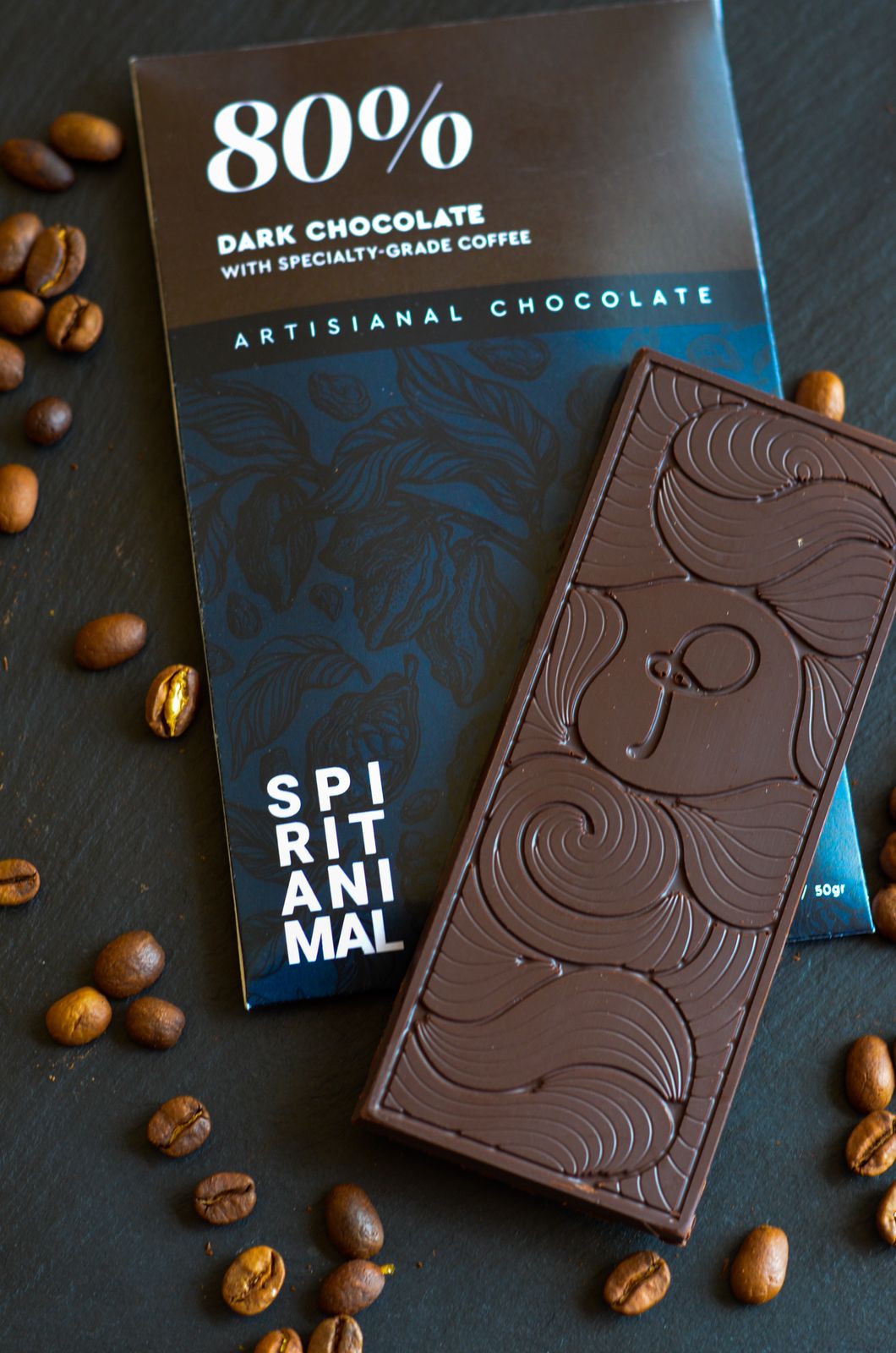Exploring the Rich Flavors of Coffee Beans: a Deep Dive Into Espresso and Blended Coffee Beans
When you explore the abundant flavors of coffee beans, you reveal an intricate globe where each range brings its very own character to your cup. As you navigate via the art of espresso and the imagination behind blended coffees, you'll start to appreciate the nuances that make each sip unique.
The Origins of Coffee Beans: Checking Out Terroir and Flavor Profiles
When you take a sip of coffee, you're not simply delighting in a beverage; you're experiencing a rich tapestry of tastes shaped by the beans' beginnings. Each region creates distinct taste profiles affected by altitude, dirt, and environment. Beans from Ethiopia commonly burst with intense, fruity notes, while those from Colombia tend to offer a well balanced, nutty sweetness.
As you explore different beginnings, you'll notice how terroir-- the ecological elements impacting a crop-- plays an important duty - Single Origin Espresso. The very same coffee variety can taste substantially different depending on where it's grown
When you take into consideration these aspects, you begin to appreciate the intricacy behind your cup. Each sip narrates of the land and the farmers that supported the beans. So, following time you indulge, consider the journey your coffee took prior to it reached your hands, and relish those elaborate flavors that show its origin.
Recognizing Coffee: The Art and Science Behind the Brew
When you assume regarding espresso, it's not almost the solid flavor; it's also about the methods that bring it to life. Understanding how different prep work methods effect taste can transform your developing experience. Allow's check out the ins and outs of coffee prep work and uncover the one-of-a-kind taste accounts that make each mug special.
Coffee Preparation Strategies
Espresso preparation is both a science and an art, integrating specific strategies with a deep understanding of coffee. To start, you'll wish to pick top quality, freshly roasted beans and grind them carefully for optimal removal (Single Origin Espresso). The grind size is essential; too crude, and your espresso will be weak, also great, and it'll be bitter
Following, tamp the premises evenly in the portafilter to guarantee uniform extraction. When you secure it right into the device, go for a brewing temperature between 190 ° F and 205 °
F.As you draw the shot, look for the ideal removal time-- around 25-30 secs. The outcome ought to be a rich, velvety espresso with a stunning layer of crema on top. With practice, you'll master these strategies.
Taste Profiles Explained
The world of coffee uses a rich tapestry of taste profiles that can raise your coffee experience. When you take that first sip, you'll notice an equilibrium of sweet taste, resentment, and acidity. Each coffee bean lugs unique notes, from floral and fruity to nutty and chocolaty. Light roasts usually display intense level of acidity and dynamic tastes, while dark roasts existing deeper, bolder tones.
A well-crafted blend might balance the bright notes of an Ethiopian bean with the abundant, chocolatey undertones of a Brazilian bean. Accept the journey of finding espresso's diverse tastes, and you'll transform your coffee ritual into an interesting adventure.
Handling Approaches: How They Influence Flavor and Scent
While it could appear that the origin of coffee beans is one of the most substantial aspect in determining their taste and scent, the processing techniques utilized post-harvest play an equally important duty. You'll discover that these techniques can drastically alter the final preference profile of your mug.
As an example, the washed procedure removes the fruit from the beans before fermentation, usually bring about a cleaner, brighter flavor. The natural procedure leaves the fruit intact throughout drying out, resulting in a sweeter, fruitier profile.
Other methods, like honey handling, strike a balance, enabling some fruit mucilage to stay, supplying an unique complexity.
Each handling method engages with the beans' fundamental qualities, enhancing or silencing details flavors and fragrances. When you sip that coffee or combined coffee, bear in mind that the journey from cherry to mug is influenced not just by origin yet likewise by just how those beans were processed.
Roasting Strategies: Opening the Full Prospective of Coffee Beans
Roasting strategies are important for exposing the full potential of coffee beans, as they transform raw, environment-friendly beans into the fragrant, flavorful coffee you delight in. The selection of roasting method-- light, tool, or dark-- substantially influences taste profiles. Light roasts preserve the beans' natural level of acidity and fruity notes, while medium roasts equilibrium sweet taste and splendor. Dark roasts, on the various other hand, highlight strong, great smoky flavors.
You can trying out toasting temperature levels and times to find your excellent brew. A slower roast at reduced temperature levels enables complicated tastes to create, while a quicker roast can escalate bitterness. Pay attention to the cracks during roasting; the initial fracture suggests a light roast, while the 2nd crack signals a dark roast. By grasping these methods, you'll disclose a globe of taste, raising your coffee experience to brand-new heights. Take pleasure in every sip, recognizing the treatment that entered into your mug!
The Magic of Blended Coffee: Developing One-of-a-kind Taste Experiences
Creating a special taste experience with mixed coffee can change your early morning ritual into an exploration of taste. By integrating various beans from different regions, you can disclose a symphony of flavors that boost your cup to brand-new elevations. Each mix offers an unique profile, stabilizing body, acidity, and sweetness to develop something absolutely unique.
When you select a mix, you're not simply choosing a coffee; you're selecting a journey across diverse landscapes and cultures. Explore various mixes enables you to uncover your personal favorites, whether you delight in fruity notes or abundant, chocolatey touches.

Tasting Notes: Acknowledging the Subtleties in Your Cup
As you drink your coffee, you could notice a spectrum of tastes dancing on your palate, each disclosing the complexities of the beans. You might taste the brilliant acidity evocative citrus or the deep, abundant notes comparable to dark chocolate. The sweet taste can stimulate honey or caramel, stabilizing the overall profile perfectly.
Take notice of the body of the coffee-- does it feel airy and light, or is it full and luscious? The coating, as well, supplies ideas; a sticking around aftertaste might mean nuttiness or floral undertones.

Don't neglect to discover the unique characteristics of various beginnings, as each area passes on unique tastes - Single Origin Espresso. As an example, Ethiopian coffees commonly existing fruity notes, while Colombian beans might display a much more rounded sweet taste. By recognizing these nuances, you'll strengthen your gratitude for each and every mug, raising your coffee experience to new elevations

Brewing Techniques: Optimizing Flavor Removal for every single Bean
When you explore the different brewing techniques, you'll find that each technique can substantially influence the flavor profile of your coffee. From French press to pour-over, each approach essences different substances, enhancing or muting details notes. For example, making use of a French press enables oils to remain in the mixture, creating a richer preference, while pour-over highlights clearness and brightness.
Temperature level and grind size additionally play important functions. A coarser work works best for cool brews, while a fine work is ideal for coffee. Trying out with water temperature level-- between 195 ° F and 205 ° F-- can disclose concealed tastes, too.
Do not forget soaking time; a quick removal can bring about sour notes, while over-extraction might generate resentment. By adjusting these variables, you can take full advantage of flavor extraction and absolutely boost your coffee experience. Delight in the trip of finding what technique best suits your taste buds!
Regularly Asked Questions
What Is the Suitable Water Temperature for Developing Coffee?
The ideal water temperature for developing coffee's in between 195 ° F and 205 ° F. If you utilize water that's also warm, you'll over-extract tastes; as well chilly, and you will not remove sufficient. Go for that wonderful spot for the finest brew!
Just How Does Work Size Impact Coffee Taste?
Grind size substantially impacts coffee taste. Better grinds extract much more oils and tastes, leading to a bolder preference, while coarser grinds yield a lighter taste. Adjusting grind size aids you accomplish your desired coffee account.
Exist Wellness Conveniences Related To Alcohol Consumption Coffee?

What Is the Difference In Between Arabica and Robusta Beans?
Arabica beans are smoother and sweeter, usually featuring fruity tastes, while robusta beans are more powerful with a bitter taste and higher high levels of caffeine material. You'll see these differences in fragrance and developing experience.
Just How Can I Shop Coffee Beans for Freshness?
To save coffee beans for freshness, maintain them in a closed container, far from moisture, heat, and light. You'll maintain their taste longer if you only grind what you need right prior to brewing.
Exploring the Rich Tastes of Coffee Beans: a Deep Dive Into Espresso and Blended Coffee Beans.
When you discover the abundant tastes of coffee beans, you uncover a complex globe where each variety brings its very own personality to your cup.When you take a sip of coffee, you're not simply enjoying a beverage; you're experiencing a rich tapestry of tastes shaped by the beans' beginnings.Roasting strategies are necessary for disclosing the complete capacity of coffee beans, as they transform raw, green beans into the aromatic, savory coffee you appreciate.As you drink your coffee, you may observe a range of flavors dancing on your taste buds, each revealing the complexities of the beans.